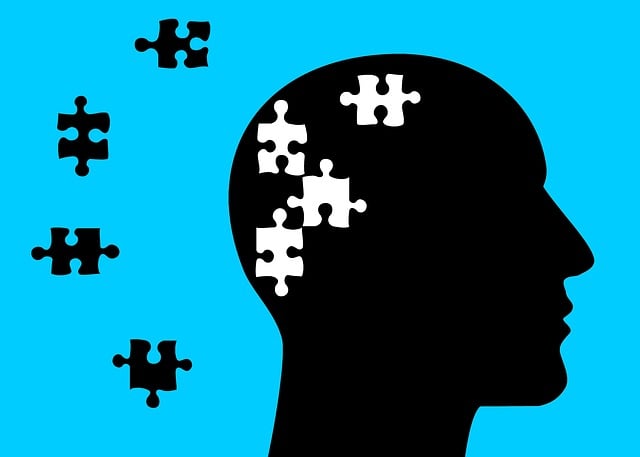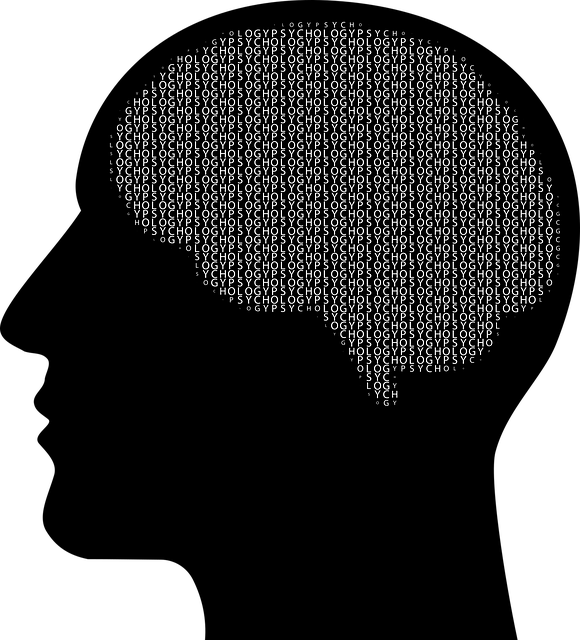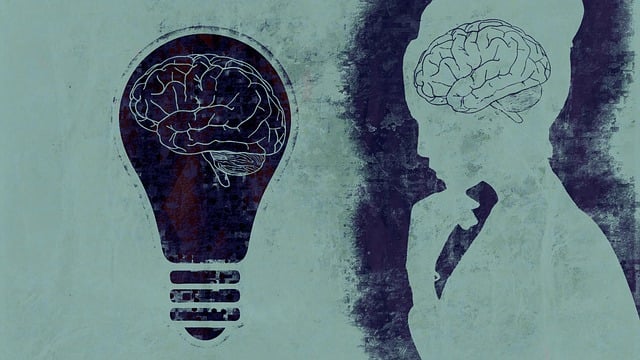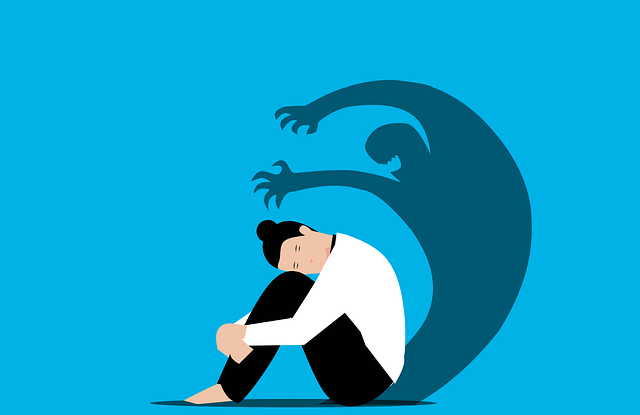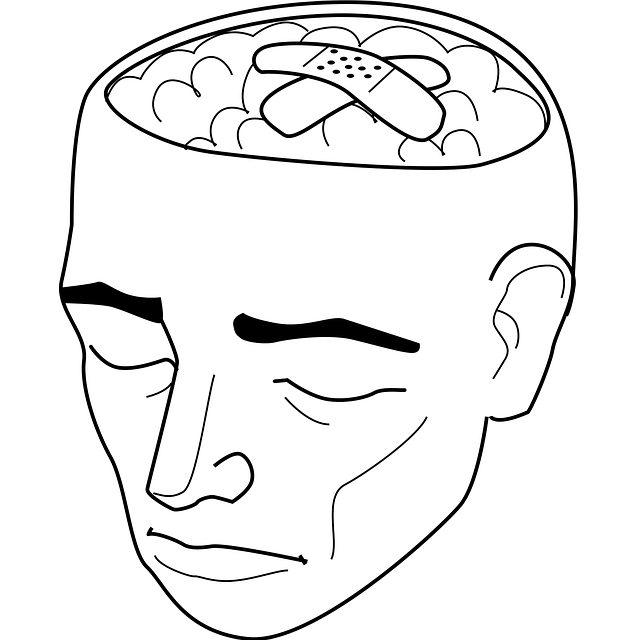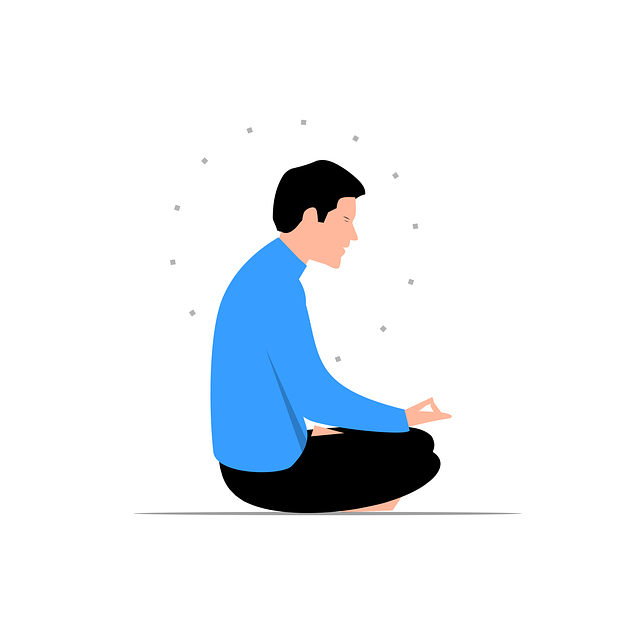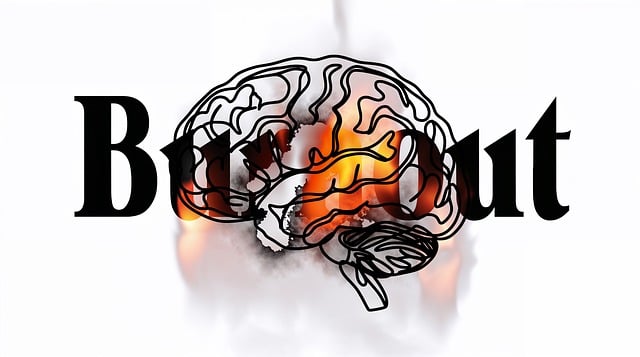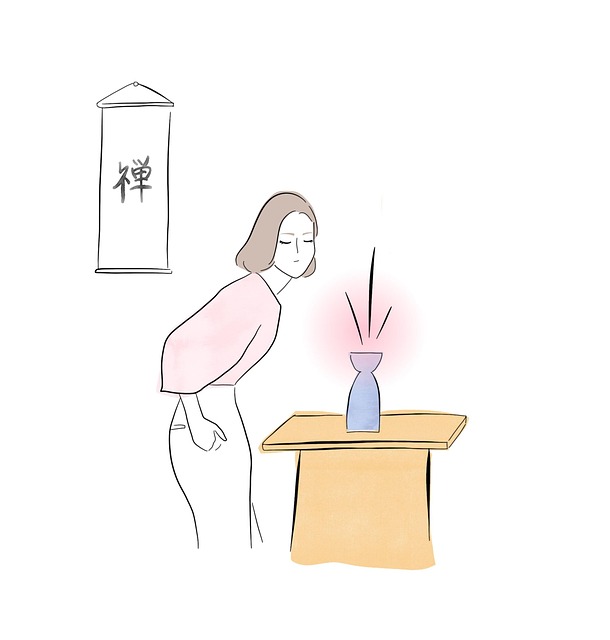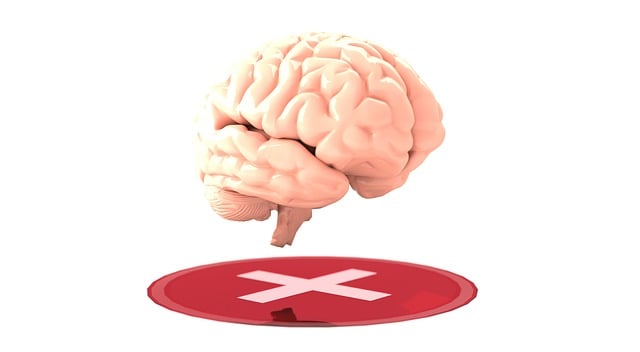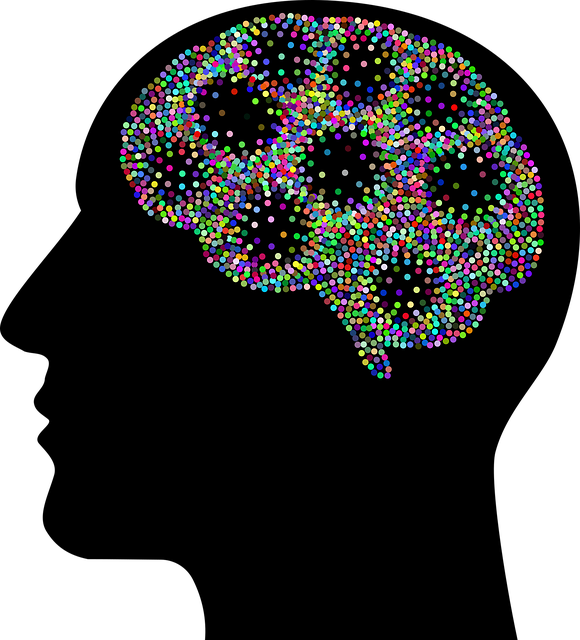Lone Tree Dissociative Disorder Therapy (LTDT) requires a specialized approach due to unique symptoms like detachment and memory gaps. The Resourceful Resilience Model (RFM), using positive thinking, coping strategies, and personal control, builds internal strengths to manage stress, trauma, and life's challenges. Holistic approaches like mindfulness, CBT, and expressive arts empower individuals to cope effectively with anxiety, trauma, and dissociation, improving self-esteem and mental well-being. Incorporating resilience training for both patients and healthcare providers enhances coping mechanisms, fosters empathy, and prevents burnout in high-stress environments.
Resilience is key to overcoming challenges, especially in cases like Lone Tree Dissociative Disorder (LTDD). This article explores RFM (Resource, Force, and Moment) and its vital role in building resilience. We delve into the unique challenges of LTDD and offer practical exercises to enhance coping mechanisms. Discover how integrating nature, specifically lone trees, into therapy can provide profound support. Learn essential tips for incorporating resilience training into your routine, empowering you to navigate life’s storms with strength and grace.
- Understanding RFM and Its Role in Resilience Building
- Lone Tree Dissociative Disorder: A Unique Challenge
- Exercises to Enhance Coping Mechanisms
- Integrating Nature into Therapy: The Power of Lone Trees
- Practical Tips for Incorporating Resilience Training
Understanding RFM and Its Role in Resilience Building

Resilience is a vital component of mental wellness, enabling individuals to navigate life’s challenges with adaptability and bounce back from adversity. Among various resilience-building techniques, RFM (Resourceful Resilience Model) stands out as a powerful framework. This model, often employed in Lone Tree Dissociative Disorder Therapy, emphasizes fostering internal resources and strengths to enhance an individual’s ability to cope with stress, trauma, or other difficult life events.
RFM draws upon the concept of “mind over matter,” encouraging individuals to develop positive thinking patterns, effective coping strategies, and a sense of personal control. Through structured exercises and coaching programs focused on mental wellness development, individuals learn to identify and leverage their internal resources, even in the face of adversity. This proactive approach equips them with the tools needed for successful stress management, fostering resilience that extends into all areas of life.
Lone Tree Dissociative Disorder: A Unique Challenge

The Lone Tree Dissociative Disorder (LTDD) presents a unique challenge in mental health therapy, demanding tailored approaches for effective treatment. This rare condition, characterized by distinct episodes of detachment from reality and memory gaps, requires specialized interventions. Traditional resilience-building exercises might not suffice; instead, therapists must guide individuals with LTDD through innovative strategies to enhance their coping mechanisms and promote self-care routine development for better mental health.
LTDD therapy involves a multifaceted approach, focusing on helping individuals integrate fragmented memories and experiences while fostering a deeper sense of self. Resilience building becomes an essential tool within this process, enabling individuals to navigate the intense symptoms and develop effective strategies to manage stress and trauma. Mental health awareness is crucial, as it empowers both patients and caregivers to recognize early signs of dissociative episodes and respond appropriately, contributing to better outcomes in therapy.
Exercises to Enhance Coping Mechanisms

In the context of Lone Tree Dissociative Disorder Therapy, enhancing coping mechanisms is a cornerstone of resilience building exercises. These exercises are designed to help individuals develop effective strategies for managing stress, anxiety, and traumatic experiences. Through various techniques such as mindfulness meditation, cognitive behavioral therapy (CBT), and expressive arts, patients can learn to regulate their emotions, improve self-esteem, and cultivate healthy coping skills. This holistic approach not only supports trauma support services but also fosters overall mental well-being.
The goal of these resilience exercises is to empower individuals with the tools needed to navigate life’s challenges. By strengthening their coping mechanisms, they become better equipped to handle stressful situations without resorting to dissociation or unhealthy habits. Self-esteem improvement plays a significant role in this process, as increased self-confidence and self-worth can significantly enhance an individual’s ability to cope with adversity. Through regular practice, these exercises can lead to profound personal growth and enhanced life satisfaction.
Integrating Nature into Therapy: The Power of Lone Trees

In the realm of dissociative disorder therapy, integrating nature can be a profound game-changer. Among the diverse elements of the natural world, lone trees stand out as powerful symbols and resources for healing. These solitary sentinels offer a unique perspective—a quiet space where individuals can confront and process their inner turmoil without external distractions. Just as a lone tree endures storms and stands strong against the elements, so too can it represent resilience and perseverance in therapy. By using these trees as a focal point, therapists can facilitate conversations about isolation, strength, and personal growth, enhancing empathy-building strategies and crisis intervention guidance.
The presence of a lone tree in a therapeutic setting can inspire reflections on communication strategies, encouraging clients to express their feelings and thoughts in an open, unobstructed manner. Just as the tree reaches for the sky, so too can individuals strive to connect with their deepest selves and communicate their experiences authentically. Moreover, the solitude of these trees mirrors the safe space a therapist creates, allowing for vulnerable conversations about past traumas, dissociation, and the journey towards healing. This natural connection provides a unique and effective context for addressing dissociative symptoms and fostering resilience.
Practical Tips for Incorporating Resilience Training

Incorporating resilience training into your routine is a powerful tool for enhancing mental fortitude and combating challenges, especially for individuals managing conditions like Lone Tree Dissociative Disorder Therapy (LTDT). Here are some practical tips to get started:
1. Mindfulness Meditation: Dedicate a few minutes each day to mindfulness meditation. This practice helps in cultivating present-moment awareness, improving emotional regulation, and fostering resilience. Healthcare providers can integrate brief mindfulness exercises into their daily schedules, benefiting both personal well-being and patient care interactions. Incorporating mindfulness techniques, such as deep breathing or body scans, can serve as a valuable burnout prevention strategy, reducing stress and enhancing overall resilience.
2. Structured Resilience Training Programs: Explore structured programs tailored for LTDT individuals or healthcare providers facing high-stress environments. These programs often include cognitive-behavioral therapy (CBT) techniques to challenge unhelpful thought patterns and build coping mechanisms. By participating in such training, you can develop a broader toolkit to navigate difficult situations. For instance, learning exposure therapy techniques could help desensitize individuals to traumatic memories, fostering resilience in the face of fear and anxiety.
3. Healthcare Provider Cultural Competency Training: Given the diverse nature of patients and their experiences, cultural competency is essential for healthcare providers. Training in this area enhances empathy, communication skills, and understanding of different perspectives. This not only improves patient outcomes but also strengthens the provider’s resilience when encountering complex or emotionally charged situations.
4. Encourage Self-Care: Prioritize self-care activities that promote relaxation and rejuvenation. This could include regular exercise, hobbies, spending time in nature, or engaging in creative outlets. For healthcare providers, ensuring adequate sleep, maintaining a healthy diet, and scheduling breaks are crucial burnout prevention strategies. When you take care of yourself, you become better equipped to support others.
Resilience is a powerful tool in navigating life’s challenges, and the RFM (Resilience, Flexibility, and Mastery) model offers a unique approach to building this strength. As discussed, exercises focusing on coping mechanisms, nature integration, and practical training can significantly enhance one’s ability to cope with dissociative disorders like Lone Tree Dissociative Disorder. By understanding our relationship with nature and utilizing these resilience-building techniques, we can foster a deeper sense of calm and control over our mental health. Incorporating these strategies into therapy provides a holistic approach to healing, empowering individuals to face their unique challenges head-on.
